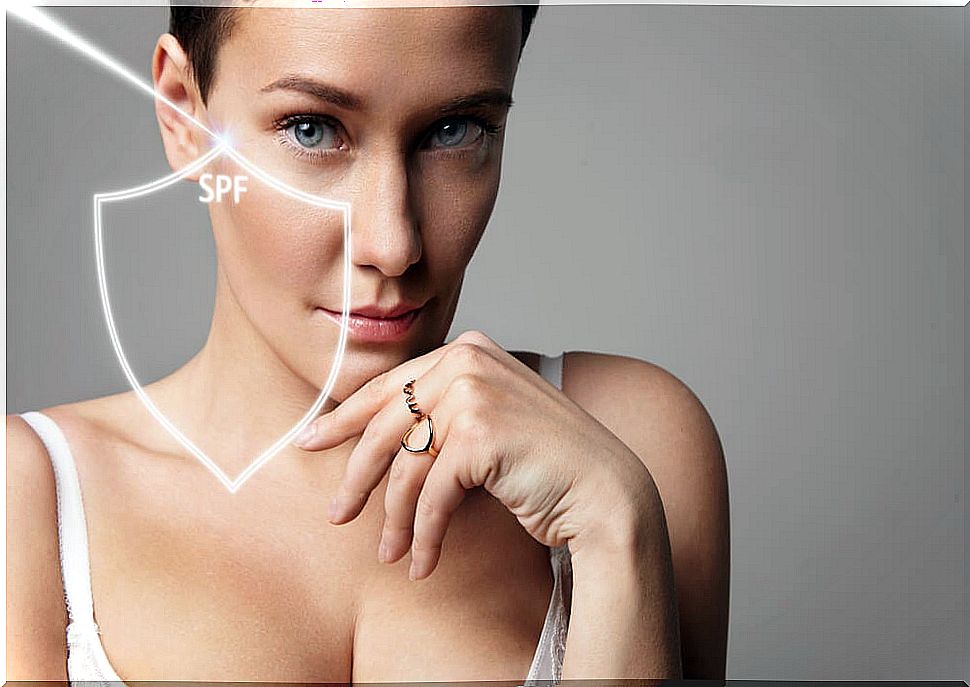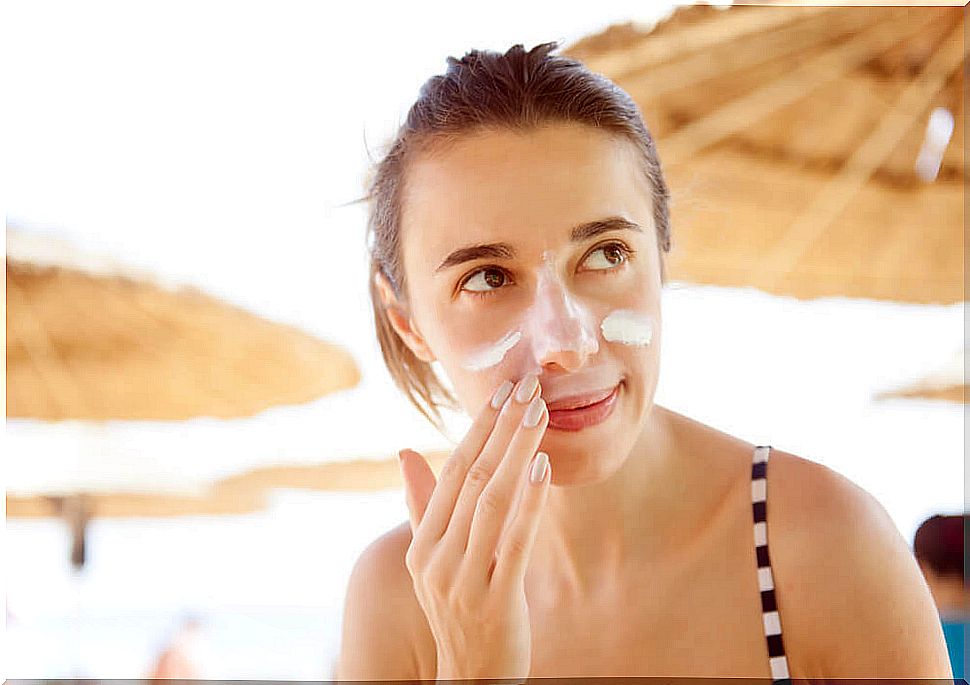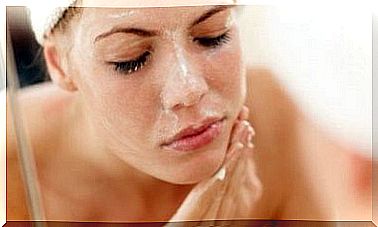What Sun Protection Factor Should You Use To Take Care Of Your Skin?
The sun protection factor depends on the type and color of each person’s skin. It is very important that we choose one according to our particular characteristics to avoid burns and long-term conditions.

Taking care of your skin is a task that you must dedicate time to daily. Hydration is very important to keep the body free from dryness. But did you know that sunscreen is a product that can never be lacking in your daily care routine? Therefore, it is essential to know how to choose the right one for you.
When you are looking for the ideal sunscreen, the first thing you should look at is the protection factor it has. There lies the perfect care to avoid the negative effect of the sun’s rays, since not all sunscreens are the same. Keep reading and know which one you should use.
What is the sun protection factor?
Also known as SPF or SPF (for its acronym in English), it is the protection index provided by a cosmetic product with sunscreen to be in the sun without suffering skin burns for a certain time. Sunscreens act as a barrier to UVB rays so that they do not penetrate the epidermis.
An article from the US Food and Drug Administration points out that, contrary to what many people think, the protection factor does not indicate how long you can be exposed to the sun’s rays. This number is a relative measure to buy the protection offered by different sunscreens.
On the other hand, prevention against burns will depend on the activities carried out under the sun. For example, if you bathe in the beach, river or pool, you should apply protector again. It is also necessary to take into account the type of skin.
Can I use any sun protection factor to take care of my skin?
The answer is no . Your skin type requires a specific sun protection factor, as each one depends on genetic and ethnic factors. You know what’s yours? Knowing the different phototypes (the ability of the skin to assimilate solar radiation) can help prevent burns and skin conditions.
The Fitzpatrick scale is used to separate skin types . This, according to a publication of the Biomedical Journal, allows to know the sensitivity of the skin to ultraviolet light. There are 6 levels: 1 belongs to fair skin types and 6 to darker skin types.
Each type of skin is determined by the degree of melanin that its cells contain . The more melanin, the greater the natural protection against solar radiation that the skin will have. For this reason, white people need more protection from the sun’s rays.
To take care of your skin properly you must know what your phototype is. To do this, you can take into account your physical characteristics and the reaction that your skin has when exposed to the sun without any type of protection. Learn to identify it with the following keys:
- Phototype 1: Very light and sensitive skin. It always burns and does not tan.
- Phototype 2: It almost always burns and rarely tans.
- Phototype 3: Intermediate color. Burns moderately and tans frequently.
- Phototype 4: Brown skin. It burns slightly.
- Phototype 5: Brown skin a little darker. It rarely burns.
- Phototype 6: Darker skin. It never burns.
Did you identify yours? If you have any doubts about it, you can also go to a dermatologist to help you know your skin type according to the sun’s reaction. In this way, you will ensure that you use the one indicated and avoid problems in the long term.
What is the ideal sun protection factor to take care of my skin?
Now that you know what your phototype is, you can take care of your skin with the right sunscreen. As the British Association of Dermatologist indicates , all phototypes have a need for sun protection. Some more frequently and more carefully than others.
Thus, the 5 and 6 will need less UV damage in the tanning process. Therefore, they do not require the same care to stop skin cancer and premature aging as a person with fair skin. However, they should use protection if exposure to the sun is prolonged.
Phototype 4, although it also tans easily, can be damaged by UV rays and experience premature skin aging. For this group it is recommended to use SPF 30. Finally, in phototypes 1 to 3, in general, the skin turns red if a protection factor above 30 is not used. The 1 and 2 must be more responsible in their use.

Remember that taking care of your skin is essential to enjoy good skin health. In addition to avoiding the appearance of spots and burns, long-term diseases, such as skin cancer, can be prevented.
Not only in the summer your skin needs to be protected, it also needs it in the winter or in the shade. Do not forget that the sun’s rays are inclement and can penetrate your skin at any time. So don’t give up this habit for a single day! Your complexion will thank you.









